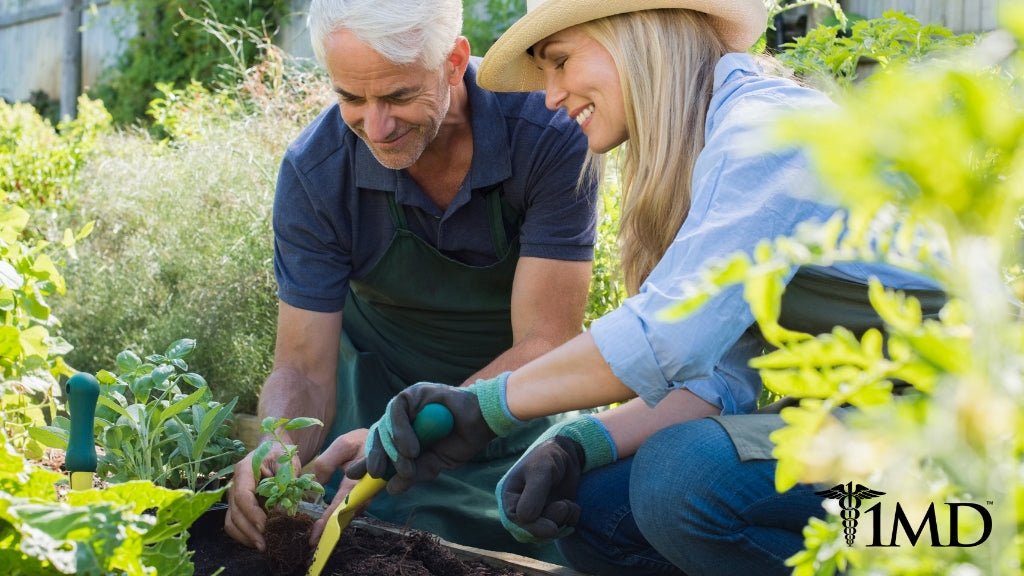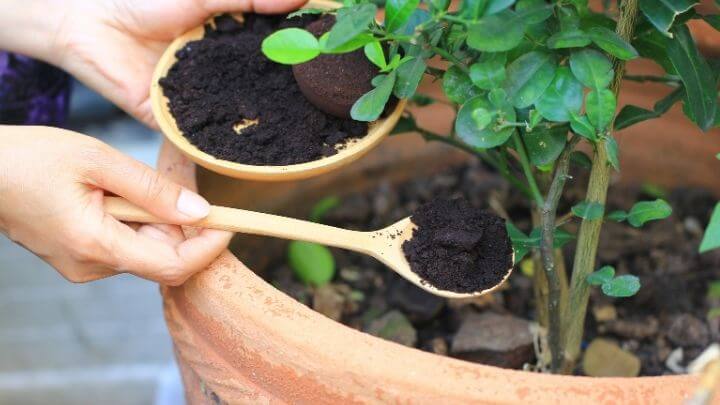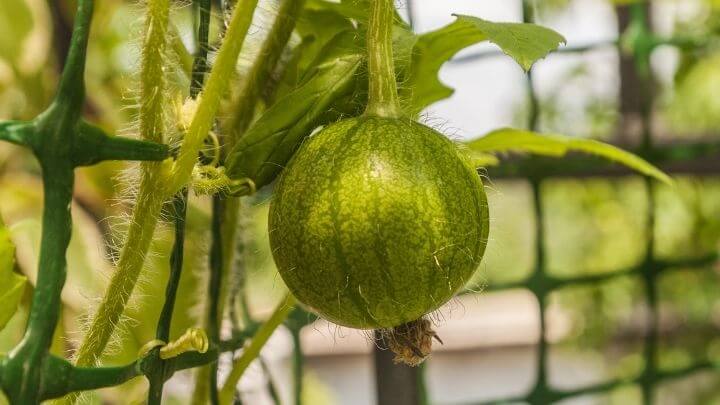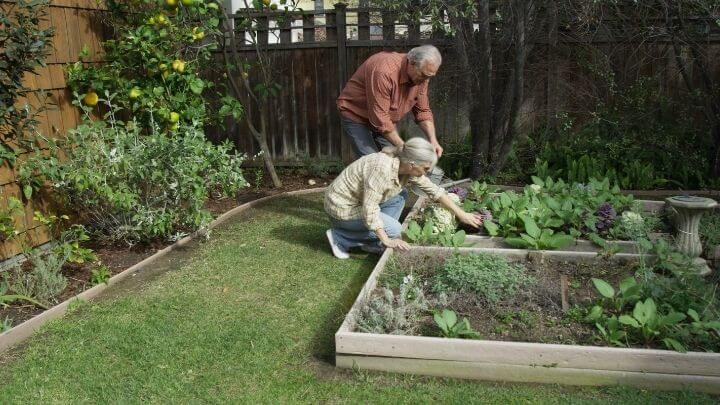Enjoy National Garden Month With the Top 10 Fascinating Garden Hacks
8 minute read
National Garden Month is April every year. With Spring here or just around the corner, now is the perfect time to start thinking about your garden plans.
Many enjoy gardening as a hobby as well as a time to relax. Being one with nature and cultivating flowers or vegetables can be as satisfying as it can be soothing.
Unfortunately, working in your garden can become stressful if you are having a hard time getting your plants to cooperate. You end up spending too much time overcoming challenges and not enough time enjoying the garden.
Most have you will have tried all the traditional methods and problem-solving options, but it is time to think outside the box. There are a few gardening hacks that are not well known but will get your garden spruced up in no time.
The tips below will solve your problems quickly, leaving you time to sit back and smell the roses.
1. A Penny for Your Thoughts
Blight is a common garden problem, and it can ruin an entire crop. This disease causes the rapid and complete chlorosis and death of plant tissues. Most people turn to pesticides to clear up their blight problems, but this can be harmful to you and your plants.
A new trick is to slice partway into an infected branch or stem and place a pre-1983 penny in the slot. These pennies contain more copper, and this helps to slow the spread of blight to the rest of your crops. If you can’t find enough of these older pennies, you can also try buying small, copper discs online.
2. Slugs and Pennies
Pennies are also useful for keeping slugs at bay, as they are not too fond of copper. Again, be sure to use pre-1983 pennies and attach them to a clean ball using water-resistant glue.
Place the ball in your garden, and it doubles as a decorative piece and plant protector. Beans are a favorite of slugs so this penny trick is perfect for protecting any bean or legume crops you may have. We need beans as a source of protein and antioxidants to protect our overall health from damaging free radicals.

3. Milk Jug Trick
The bane of every gardener is pests, and getting rid of them can be frustrating when your only options are chemicals. Now, you can protect the environment, your health, and your plants by using a gallon milk jug.
After washing out the plastic jug, cut off the bottom and place the whole thing over your new plants, then cover the base with dirt to keep it held in position. Your plants still get the light and water they need but they are protected from pests and nosey animals.
4. Lemon Peel Seedlings
Give your seedlings the best chance possible before planting them in the garden by first cutting them in a citrus fruit rind (and you can use the fruit for fresh, raw juice). Here, they are safe, and they get additional nutrients from the fruit.
Hollow out a citrus fruit, add a little dirt, and plant your seedling. Once it has taken root, you can move it to the garden, keeping it settled in the rind. As the rind begins to break down, it will provide additional nutrients to the soil, thereby strengthening your new plant.
5. Fork Fences
As great as forks are for eating, they are not so great to step on. If you think stepping on a wedged form is painful, chances are animals will too.
Wedge several forks in the ground around young plants to keep hungry and scavenging animals away. Just be sure to note where you have placed them, so you don’t have poke any holes in your own feet.

The good news is you don’t have to use your best cutlery, grab some cheap plastic forks from the store because they cause the same “ouch” without you spending a ton of money.
6. Coffee Fertilizer
Just as your cup of coffee gets you going in the morning, it can help boost your plants growth too. Take your used coffee grounds from the morning and add them to your compost.
The coffee beans help with the alkaline levels in the soil and add nutrients, like nitrogen, to the ground around your plants. Nitrogen helps tomatoes and other plants to grow stronger and therefore yield a healthier product.
Tomatoes are easy to grow and good for you, providing a healthy amount of potassium, vitamin K, and folate, all of which are good for your heart. Be sure you only use the used grounds however, because fresh, unbrewed coffee grounds will contain too much caffeine, potentially harming your plants.
7. Spicy Fungal Repellant
Cinnamon is a favored spice of the holiday season, and now it will be your garden’s favorite spice, too. When you transplant flowers, fruits, and plants, the replanted roots are at higher risk for fungal growth.
Since most gardening will involve replanting at some point, make sure you have some cinnamon on hand. Dipping the roots in cinnamon before replanting will protect them from any lurking fungus.
8. Nylon for Melons
If melons are your choice of fruit to garden, then you should know that growing them on a trellis is the best bet. This keeps them at a height that keeps pests and diseases away from the fruit.

Sometimes, however, the weight of the fruit can cause the melons to fall before they are ripe. To avoid this, simply cut the leg off an old pair of nylons and create a sling or hammock for the melons.
This will keep them on the branch longer, ensuring they don’t fall before their time. Since melons are a great source of vitamin C, you want to take care of them so you can fully reap the immune system support that they will deliver.
9. Potato Roses
Roses truly are a highlight of any gardener’s portfolio. A trick to getting the best roses is one that not many people know, and it involves potatoes.
| Related: How Houseplants Improve Your Health |
Take a cut rose and insert it into a potato, then bury this in the yard and watch your award-winning roses bloom. The water content in potatoes helps to keep the plant moist as it grows, as cut flowers tend to dry out very quickly.
10. Dirty Nails
Every avid gardener has a green thumb and dirt under their nails; it is pretty much par for the course. Or is it?
You can prevent dirt from getting stuck under your nails with this simple trick: Before going outside, run your nails over a bar of soap and you will end up with a small soap buffer firmly locked into place.
Once you are done digging in the dirt, simply wash the soap away, and it will look like you never even stepped foot outside.

The Bottom Line
Your garden should be your sanctuary and a place for you to create and cultivate. Challenges are expected, but you can minimize some common problems using the tricks listed above, and also try this fun bee hotel project.
With less pests to worry about, safer plants, and healthier blooms, your garden will be your pride and joy as well as the talk of the town.












